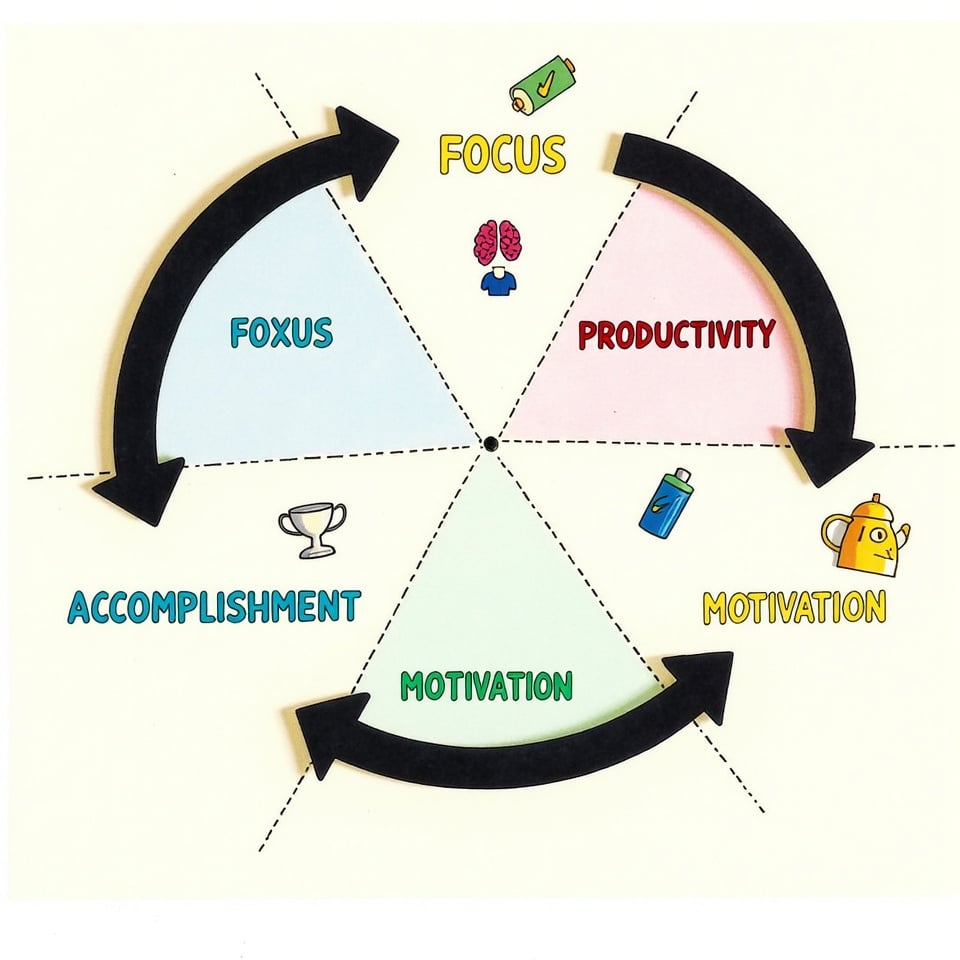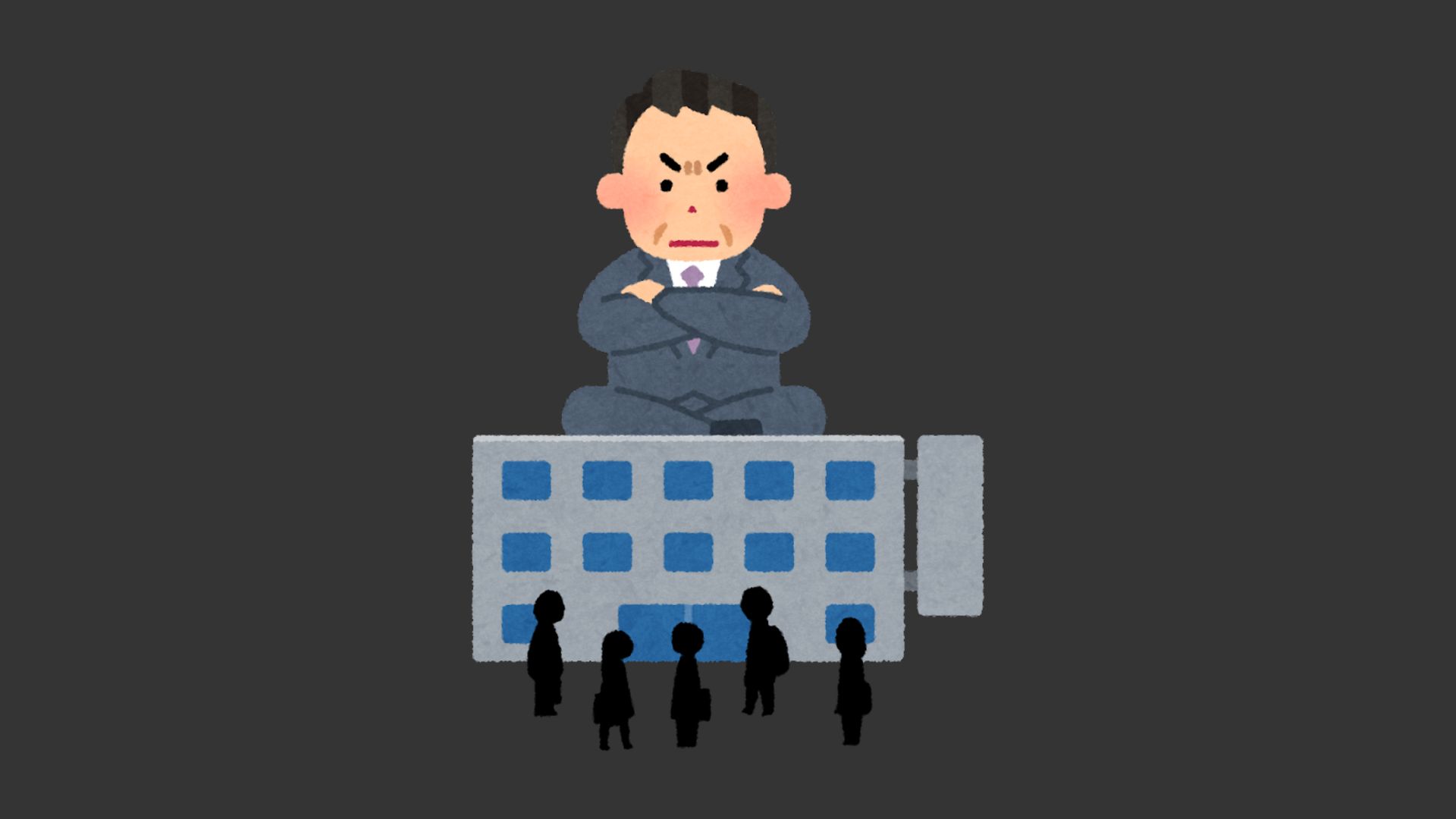Do you know someone who has trouble with writing? Maybe they mix up letters or have a hard time spelling words. This can be because of something called dyslexia. Dyslexia is a kind of difference in the brain that makes it harder for people to process language.
In this article, I’ll talk about what makes writing harder for people with dyslexia. I’ll look at some common things that happen in their writing and share tips on how to make writing easier.
Table of Contents
Understanding dyslexia
Dyslexia is a specific learning disorder that primarily affects a person’s reading and writing ability. It’s important to note that dyslexia is unrelated to intelligence or lack of educational opportunities. Rather, it’s a neurological condition that impacts how the brain processes language.
When you have dyslexia, it can be tough to hear the individual sounds within words. This makes it harder to read, spell, and write. Even if you’re really smart and have great teachers, these challenges can stick around.
Key aspects of dyslexia include:
- Phonological processing difficulties: Trouble identifying and manipulating individual sounds in words.
- Decoding problems: Difficulty in connecting letters to their corresponding sounds.
- Slow reading speed: Reading may be laborious and time-consuming.
- Poor spelling: Consistent misspellings, even with common words.
- Writing challenges: Difficulty expressing thoughts in writing, with issues in grammar, punctuation, and organization.
Examples of dyslexia writing
Looking at writing samples from people with dyslexia can help us understand what they struggle with. It’s like getting a peek into what’s tricky for them when they write.
Here are some common examples of dyslexic writing:
1. Letter Reversals and Inversions:
Example: “The bog ran fast” instead of “The dog ran fast”
People with dyslexia may confuse visually similar letters, especially those that are mirror images of each other, like ‘b’ and ‘d’. This stems from difficulties in visual processing and spatial awareness.
2. Phonetic Spelling:
Example: “Wensday” for “Wednesday” or “fone” for “phone”
People with dyslexia often spell words the way they sound, instead of remembering how to spell them correctly. This is a way they try to make spelling easier, by using the sounds they hear in the words.
3. Omission of Letters:
Example: “remeber” instead of “remember”
Some letters, especially in the middle of words, may be left out due to difficulties in sequencing sounds. This can also be attributed to challenges in short-term memory, making it hard to hold all the letters of a word in mind while writing.
4. Addition of Extra Letters:
Example: “comming” for “coming”
This can occur when the writer overcompensates for known spelling difficulties. It often happens with words that have double letters, as the writer may be unsure about where the doubling occurs.
5. Word Order Confusion:
Example: “The cat black sat on the mat” instead of “The black cat sat on the mat”
This reflects challenges with syntax and sentence structure. People with dyslexia might have trouble putting words in the right order. Individuals with dyslexia may struggle to organize words in the correct order, particularly when dealing with adjectives and more complex sentence constructions.
6. Homophones Mix-ups:
Example: “Their going to the park” instead of “They’re going to the park”
Words that sound the same but are spelled differently can be particularly challenging. This confusion arises from the reliance on phonological processing and difficulties in remembering the correct spelling for each context.
7. Inconsistent Capitalization:
Example: “i Went To the Store yesterday”
Remembering capitalization rules can be difficult, leading to inconsistent use. This inconsistency often results from the cognitive load of focusing on spelling and content, leaving less attention for punctuation and capitalization rules.
8. Run-on Sentences:
Example: “I went to the store I bought milk I came home I made dinner”
Difficulty with punctuation and sentence structure can result in long, unbroken sentences. This can be due to challenges in understanding the natural pauses in speech and how they translate to written punctuation.
9. Unusual Spacing:
Example: “thehouseisb ig” instead of “the house is big”
Challenges with visual processing can lead to inconsistent spacing between words. This may also be related to difficulties in recognizing word boundaries in written text.
Famous people with dyslexia
Many successful individuals across various fields have been diagnosed with or are believed to have had dyslexia. Their achievements demonstrate that dyslexia does not define a person’s potential for success.
Here are some notable examples:
1. Albert Einstein – Renowned physicist
Einstein, known for his groundbreaking work in physics, reportedly struggled with reading in his early years. His innovative thinking and visual reasoning skills, often associated with dyslexia, contributed to his revolutionary scientific theories.
2. Steven Spielberg – Acclaimed film director
The Oscar-winning director wasn’t diagnosed with dyslexia until his 60s. Spielberg has spoken about how his learning difference influenced his storytelling abilities and visual creativity in filmmaking.
3. Richard Branson – Entrepreneur and business magnate
Founder of the Virgin Group, Branson has been open about his dyslexia. He credits his success partly to the unique problem-solving skills he developed to overcome his learning challenges.
5. Leonardo da Vinci – Renaissance polymath
While not formally diagnosed (as dyslexia wasn’t recognized in his time), many experts believe da Vinci had dyslexia based on his writing style. His mirror writing and exceptional visual-spatial skills are often cited as evidence.
6. Whoopi Goldberg – Actress and comedian
Goldberg has spoken about her dyslexia and how it affected her education. She emphasizes the importance of finding alternative ways to learn and express oneself.
7. Tom Cruise – Actor
Cruise has discussed his struggles with dyslexia and how he overcame them through perseverance and developing effective learning strategies.
8. Pablo Picasso – Artist
Picasso’s unique artistic style may have been influenced by his dyslexia. His abstract and non-linear approach to art could be linked to his different way of perceiving the world.
9. John Lennon – Musician
The Beatles’ songwriter reportedly struggled with reading and writing in school. His creative wordplay and innovative music suggest that his dyslexia may have contributed to his artistic genius.
10. Muhammad Ali – Boxing champion
One of the greatest boxers of all time, Muhammad Ali also struggled with dyslexia. But Ali’s dyslexia didn’t prevent him from becoming a world champion boxer and a powerful orator. His verbal creativity, often attributed to his dyslexia, made him a compelling public figure.
Difference between dysgraphia and dyslexia
Dyslexia and dysgraphia are two different kinds of learning challenges that can make it hard for people to read and write.
Dyslexia mostly affects reading. People with dyslexia might struggle to sound out words and read smoothly. Dysgraphia, on the other hand, mostly affects writing. People with dysgraphia might have trouble writing neatly, spelling words correctly, and getting their thoughts down on paper.
When you have dyslexia, you might read slowly, make mistakes, or have trouble understanding what you’re reading. If you have dysgraphia, your handwriting might be messy, and you might have trouble keeping your words and sentences organized on the page.
Dyslexia can also make it hard to do math problems that involve reading, and it can affect how well you speak. Dysgraphia usually doesn’t affect how well you speak, but it can make it hard to write numbers and do math problems on paper.
To help people with dyslexia, teachers might focus on teaching phonics and strategies for understanding what you read. To help people with dysgraphia, teachers might use special tools and technology to make writing easier. They might also work with an occupational therapist to help with handwriting and other skills.
Some people might have both dyslexia and dysgraphia, but they need different kinds of help and support.
Conclusion
Just because someone has dyslexia, it doesn’t mean they’re not good at communicating. Dyslexia can make writing harder, but with the right help, people with dyslexia can become great writers.
It’s really important to understand what dyslexic writing looks like, so we can help people who have it. With the right tools, strategies, and support, people with dyslexia can improve their writing and feel confident about sharing their ideas.
Remember, dyslexia is just a different way of learning – it doesn’t mean someone is not smart or creative. By focusing on what people with dyslexia are good at, and giving them the help they need, they can overcome their writing challenges and do great things.
Frequently asked questions.
Does dyslexia affect writing?
Yes, dyslexia can make writing more challenging, but it’s not a barrier to becoming a great writer. People with dyslexia may struggle with spelling, grammar, and organizing their thoughts on paper, but with the right support and strategies, they can improve their writing skills and effectively communicate their ideas.
What does writing look like with dyslexia?
Writing with dyslexia often shows several characteristic features:
- Inconsistent spelling, even with common words
- Letter reversals (b/d, p/q) or transpositions (on/no)
- Omitted or added letters in words
- Unusual spacing between words or letters
- Mixture of upper and lowercase letters
- Difficulty organizing thoughts coherently on paper
- Incomplete sentences or missing words
- Strong ideas but struggles with putting them into writing
How can you tell if someone is dyslexic in writing?
Signs of dyslexia in writing include:
- Persistent spelling errors, even in frequently used words
- Inconsistency in spelling the same word within a single piece of writing
- Phonetic spelling of words (e.g., “wuz” for “was”)
- Difficulty with homophones (their/there, to/too/two)
- Struggles with punctuation and capitalization
- Avoidance of writing tasks or extreme anxiety about writing
- Discrepancy between verbal abilities and written expression
How does dyslexia show up in writing?
Dyslexia manifests in writing through:
- Poor organization of ideas on paper
- Difficulty starting writing tasks or knowing what to write
- Slow writing speed
- Messy handwriting or unusual pencil grip
- Trouble with copying text accurately
- Difficulty with self-editing and proofreading
- Limited use of varied vocabulary in writing compared to speaking
- Challenges with grammar and syntax
How do you write with dyslexia?
Strategies for writing with dyslexia include:
- Use assistive technology: Text-to-speech software, spell-checkers, and voice recognition tools can be helpful.
- Create outlines or mind maps: Organize thoughts visually before writing.
- Use multisensory techniques: Say words aloud while writing or use tactile methods like writing in sand.
- Break tasks into smaller steps: Focus on one aspect of writing at a time (ideas first, then structure, then editing).
- Allow extra time: Recognize that writing may take longer and plan accordingly.
- Use color-coding: Highlight different parts of speech or sentence structures.
- Practice regularly: Consistent writing practice can improve skills over time.
- Seek support: Work with tutors or learning specialists familiar with dyslexia.
- Use templates: Pre-made structures for different types of writing can help with organization.
- Focus on strengths: Emphasize idea generation and content over perfect spelling and grammar initially.
Remember, each person with dyslexia is unique, and strategies that work for one individual may not work for another. It’s important to experiment with different approaches to find what works best.







